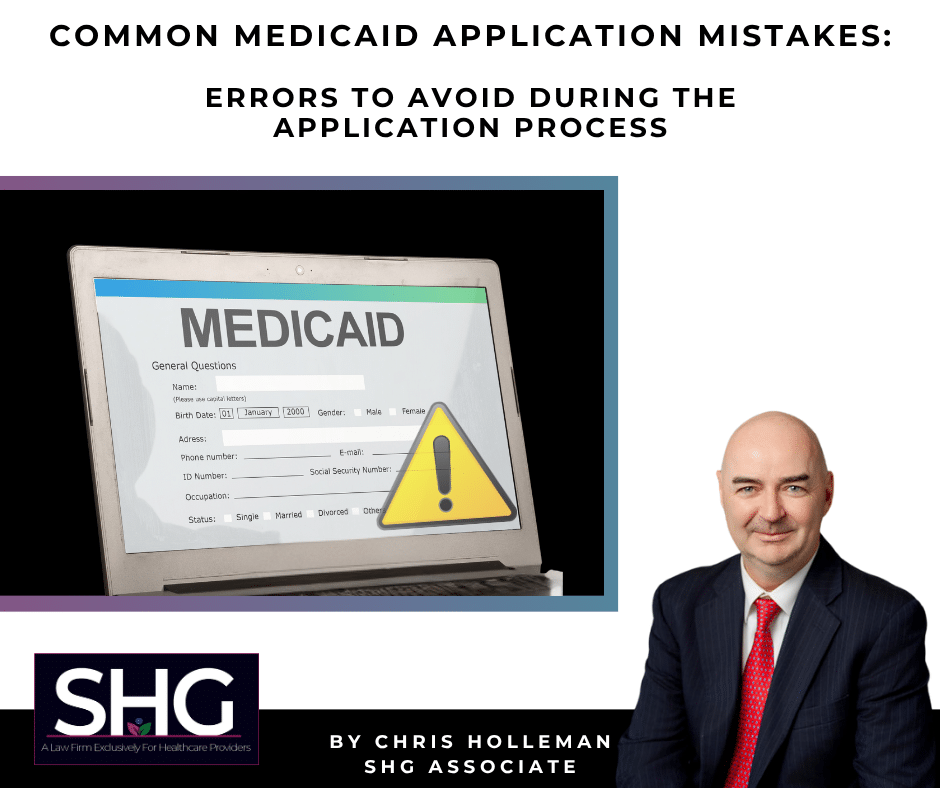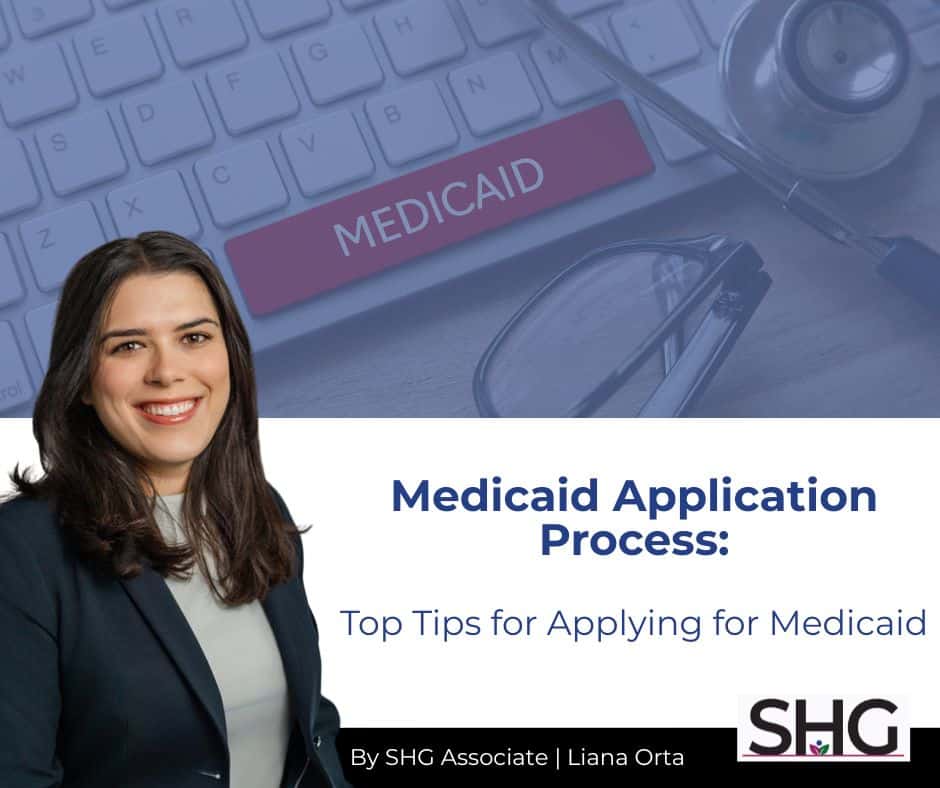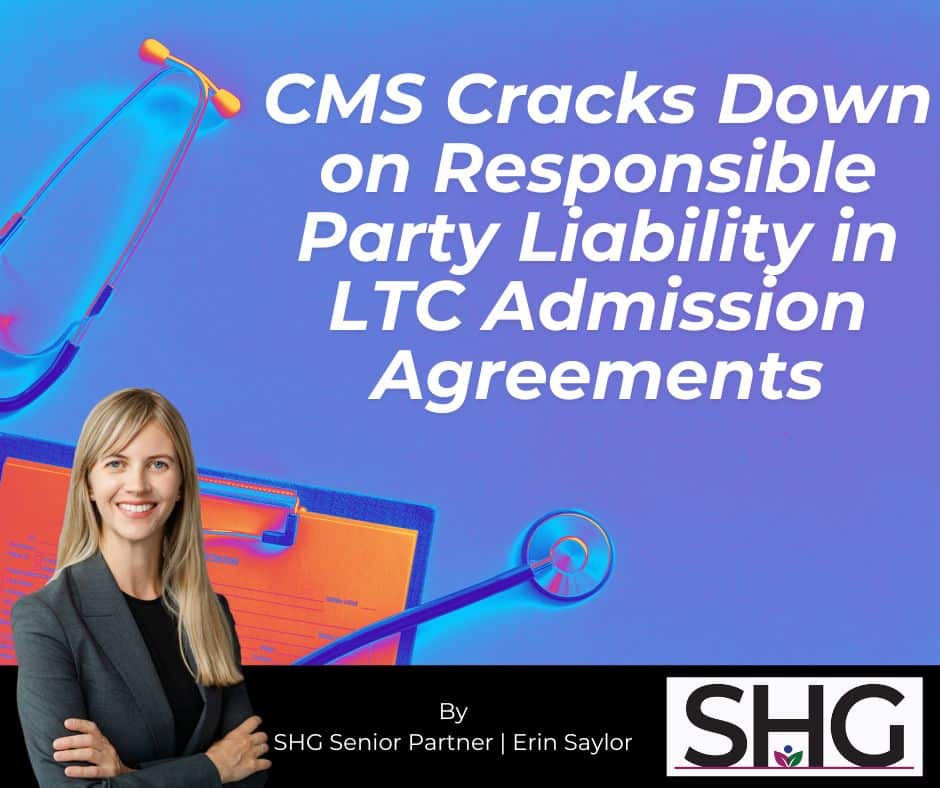The Medicaid application process can be complicated. However, there are several common mistakes made by filers that can make things even more difficult than they need to be, adding unnecessary obstacles. In this article, we will discuss some errors to avoid during the Medicaid application process.
Common Mistake #1: Waiting to File
One of the most common errors in the Medicaid application process is waiting too long to file the application. This begs the question: When should an application for Medicaid benefits be filed? Generally, the answer is as soon as possible. In most states, it is advantageous to file the application by the end of the month to maximize retroactive coverage or the deduction of incurred medical expenses (IME) if your state does not provide retroactive coverage. Because the date the application is filed can be critical in establishing the effective date of coverage, it is imperative that you keep proof of submission, whether that is a fax confirmation sheet, screenprint of the electronic submission confirmation, or tracking information for an application submitted by mail.
A common reason for waiting to file the application is the misplaced belief that an application cannot be filed unless the filer has all the applicant’s financial information and documentation ready for submission with the application. While proof of eligibility will be required for approval for Medicaid benefits, all that is generally required to submit a Medicaid application is the applicant’s name, mailing address, and a signature on the application. You should submit an application even if you are not sure the applicant will qualify for or need Medicaid benefits.
Another common mistake is waiting on a third party to apply. If a facility waits for and relies upon a third party to file an application, the failure to timely file could result in loss of Medicaid coverage. In the case of a third party not taking prompt action, a facility should consider filing an application on behalf of its resident, either as an authorized representative or someone acting responsibly for an incapacitated resident. A responsible party may be a relative, friend, guardian, conservator or other individual who is in a position to know of the applicant’s circumstances. This includes a representative of the long-term care facility where the individual resides.
Common Mistake #2: Guessing
The applicant is incapacitated, and a family member or neighbor thinks they might be a veteran and gets VA benefits and maybe has a bank account at the local credit union, but they do not have any bank statements or award letters. Do you list that on the Medicaid application? No. Do not guess because you cannot un-ring the bell. If you are wrong, you may be forced to prove a negative, i.e., provide verification that something does not exist. If you do not know for sure, it is better to wait to see what the agency finds and for which it requests verification. On the other hand, if you know something does not exist, say so to try to avoid the long, generic laundry list of verification requests.
Common Mistake #3: Failing to Provide Notice of Incapacity
Another common mistake is failing to provide notice of an applicant’s incapacity along with the Medicaid application. In some states, this can lead to the exclusion of resources and an approval of Medicaid benefits pending the appointment of a legal agent, while in other states this might require the agency to hold the application open (securing the application date) until a legal agent is appointed and able to access and obtain verification of the applicant’s income and resources. The failure to provide notice of incapacity could result in a denial of Medicaid benefits for failure to provide requested verifications and a loss of months of Medicaid coverage that could have been preserved.
Common Mistake #4: Waiting to Gather Verifications
While it is a mistake to wait to file an application until financial verifications are obtained, it is also a mistake to wait until the agency issues a request for information or verification checklist to gather the documentation that will be requested. It is important for the filer to be proactive. Getting a release and authorization from the applicant can streamline the process and enable the filer to obtain verifications from third parties that are not readily available to the applicant.
Common Mistake #5: Failing to Ask for an Extension and to Respond to Every Request
Once a verification checklist or request for information is received, a common mistake is failing to timely respond to each request. First, it is important to calendar deadlines, including internal or self-imposed deadlines that will facilitate timely submission of the requested information. A common mistake is missing or ignoring a deadline because you do not yet have the information requested and failing to ask for an extension of time to submit the remaining verifications.
Second, it is important to always respond to every item requested. It is helpful to itemize each document or verification requested in your response. If something does not exist, then your response should say so. It is also important to submit information even if it is late. In some states, the submission of requested information within a certain amount of time after the denial could result in the reinstatement and approval of the denied application, thereby saving the original application date and maximizing the available coverage beyond what would be available under a newly submitted application.
Common Mistake #6: Failing to Request Assistance
Another common mistake is the failure to request assistance. Beginning with the Medicaid application and in all subsequent correspondence, the filer should always ask the agency for assistance with obtaining any requested verification information and documentation. Federal regulations require state Medicaid agencies to provide assistance with the application or renewal process, while a request for assistance in many states will trigger agency requirements to take steps to obtain any requested information and documentation on behalf of the applicant. The failure of the agency to provide assistance when requested could provide a meritorious ground to appeal a Medicaid denial.
Common Mistake #7: Failing to Monitor/Follow Up
After an application is submitted, a common mistake is the failure to monitor and follow up on the pending application. No news on a pending application is probably not good news. It is important to follow up at least monthly on the application’s status and be prepared to submit a new application to preserve coverage dates even if you have not received a denial of the pending application. You should also consider an inaction appeal if the agency has not timely processe the application.
Common Mistake #8: Failing to Communicate in Writing
In some states, agency representatives will communicate by telephone or even in person at a local office. A common mistake is reliance on these oral conversations. It is critical to communicate in writing. If you communicate with the agency by phone or in person, it is important to follow up with a written communications that confirms the substance of the conversation and to document the conversation in your file notes. This puts the onus on the agency to dispute any misunderstanding, and such contemporaneous written communication and notes can be a powerful tool for proving the substance of the conversation after time passes and memories fade.
The Medicaid application process is already difficult enough. The common mistakes above only complicate things further for filers. Avoiding these errors while applying for Medicaid will not guaranty a smooth and pain-free process, but it should help avert any self-inflicted obstacles to securing coverage.
If you have questions about the medicaid application process we encourage you to reach out to Stotler Hayes Group at 843.235.9871 or through our contact us form.






